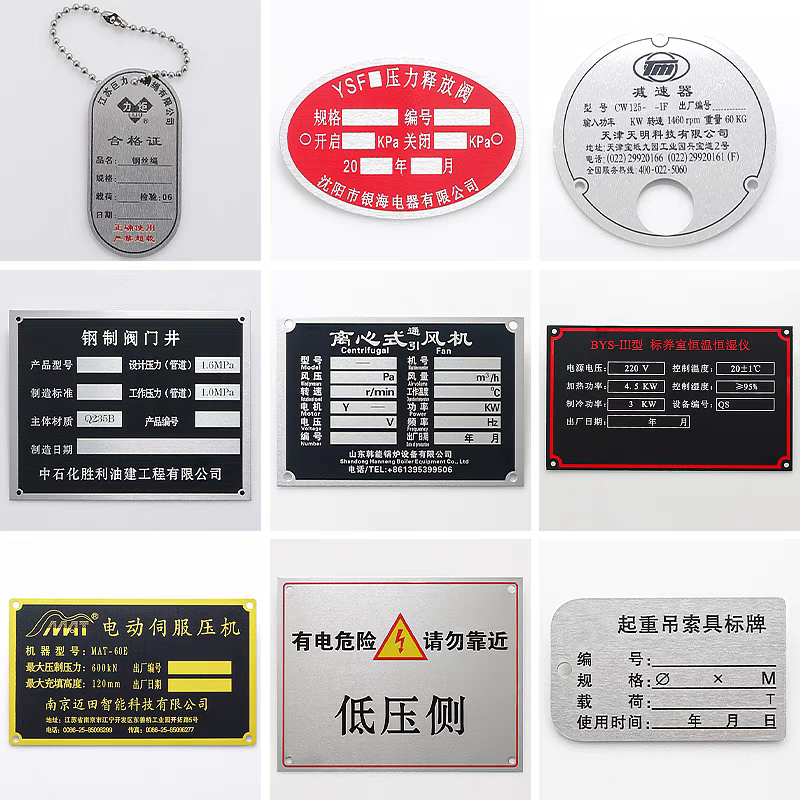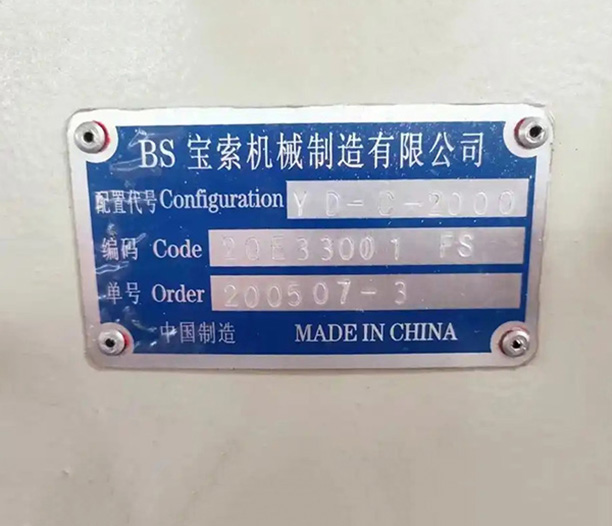When you see a diamond-shaped symbol on a chemical container, do you know what it means? For professionals working with hazardous substances, this isn't just a graphic; it's a matter of safety, compliance, and life-or-death information. The GHS labelling of chemicals represents a revolutionary, universal system designed to break down language and regulatory barriers. This article dives deep into seven essential aspects of the Globally Harmonized System, explaining why it's indispensable for anyone in the chemical supply chain, from manufacturers to end-users.

What is GHS and Why Was It Created?
The Globally Harmonized System of Classification and Labelling of Chemicals (GHS) is an internationally agreed-upon standard managed by the United Nations. Its primary goal is to ensure that the hazards of chemicals are clearly communicated to workers and consumers worldwide. Before GHS, different countries and regions had their own systems for classifying and labelling hazardous chemicals. A substance might have one warning label in Europe, a different one in the United States, and yet another in Asia. This patchwork of regulations led to confusion, increased risks for workers, and significant trade complications. The development of GHS labelling of chemicals was driven by the need for a consistent, comprehensible framework. By harmonizing the criteria for classifying chemicals and the rules for labels and safety data sheets, GHS enhances the protection of human health and the environment during the handling, transport, and use of these substances. It facilitates international trade by simplifying compliance and reduces the need for multiple, costly testing and evaluations for different markets.
The Core Building Blocks: Hazard Pictograms
Perhaps the most recognizable feature of the system are the hazard pictograms. These are black symbols on a white background within a red, diamond-shaped border. These intuitive images convey specific hazard information at a glance, transcending language barriers. The GHS labelling of chemicals utilizes nine core pictograms to represent physical, health, and environmental hazards. For instance, a flame pictogram indicates flammability, while a skull and crossbones signal acute toxicity. A corroding hand and surface represent corrosive substances, and an exploding bomb symbolizes explosives. Understanding these pictograms is the first and most critical step in recognizing the dangers associated with a chemical product.
Signal Words and Hazard Statements
Beyond the pictograms, the GHS labelling of chemicals employs standardized language to convey the severity of the hazard. This is achieved through two key elements: Signal Words and Hazard Statements. Signal Words: There are only two signal words: "Danger" and "Warning." "Danger" is used for more severe hazards, while "Warning" is assigned to less severe ones. Their presence immediately alerts the reader to the level of risk. Hazard Statements: These are standardized phrases that describe the nature of the hazard. Each statement has a unique code, such as H318 (Causes serious eye damage) or H225 (Highly flammable liquid and vapour). The use of these predefined statements ensures consistency. A chemical presenting a specific hazard will always carry the same statement, regardless of the manufacturer or the country where it is sold.
Precautionary Statements and Safe Handling Instructions
Knowing about a hazard is only half the battle; knowing how to handle it safely is the other. This is where Precautionary Statements come into play. The GHS labelling of chemicals requires that labels include measures to minimize or prevent adverse effects from exposure to a hazardous chemical. These statements are also standardized and cover four categories: prevention, response, storage, and disposal. Examples include "Wear protective gloves," "Use only outdoors or in a well-ventilated area," "IF INHALED: Remove victim to fresh air," and "Store in a cool, well-ventilated place." By providing clear, actionable instructions, this component of the GHS label directly contributes to workplace safety and responsible chemical management.

The Synergy Between GHS Labels and Safety Data Sheets (SDS)
A GHS label provides immediate, essential information, but it has a limited amount of space. The Safety Data Sheet (SDS) is the comprehensive companion document that provides in-depth details about the chemical. The GHS labelling of chemicals is intrinsically linked to the SDS. The classification of the chemical that determines the content of the label is the same classification that dictates the information on the 16-section SDS. The SDS includes detailed information on the properties of the substance, hazards, handling instructions, emergency control measures, and toxicological data. When a worker sees a "Danger" signal word and a skull-and-crossbones pictogram on a label, they can refer to the corresponding SDS for first-aid measures and specific health effects.
Global Implementation and Regulatory Impact
While the GHS is a global standard, its implementation is not uniform. Different countries adopt the system into their national regulations at different paces and with varying "building blocks." For example, the United States has implemented GHS through the Occupational Safety and Health Administration's (OSHA) Hazard Communication Standard (HCS). The European Union has adopted it via the CLP Regulation (Classification, Labelling and Packaging). Other major economies like China, Japan, and Canada have their own GHS-aligned regulations. This means that a company exporting chemicals globally must ensure its GHS labelling of chemicals complies with the specific adopted versions in each target country. Despite these variations, the core principles remain the same, significantly simplifying the global effort compared to the pre-GHS era.
The Tangible Benefits of Adopting GHS
The widespread adoption of the GHS labelling of chemicals delivers profound benefits across the board. Enhanced Worker Safety: A consistent, understandable system reduces accidents, injuries, and illnesses by ensuring all workers, regardless of literacy or language, can identify hazards. Facilitated International Trade: By providing a common foundation, GHS eliminates the need for multiple classifications, labels, and SDSs for different markets, reducing costs and administrative burdens. Improved Emergency Response: First responders can quickly identify the hazards of chemicals involved in an incident, allowing them to take appropriate and swift action. Protection of the Environment: The environmental hazard classifications and labelling promote safer handling and disposal, minimizing ecological damage. In conclusion, the GHS is more than just a labeling requirement; it is a critical component of global chemical safety. Understanding its seven key facets—from its purpose and pictograms to its global impact—is essential for ensuring a safer workplace and a safer world.
Frequently Asked Questions (FAQs)
Q1: Are all chemicals required to have a GHS label?
A1: No, not all chemicals require a GHS label. The requirement applies to hazardous chemicals as defined by the GHS criteria. Substances and mixtures that are classified as non-hazardous under GHS do not require this specific labelling. However, individual country regulations may have additional requirements.
Q2: Who is responsible for creating and affixing the GHS label?
A2: The primary responsibility for the correct classification, labelling, and provision of Safety Data Sheets lies with the manufacturer or importer of the chemical. They must ensure that the GHS labelling of chemicals is accurate and compliant before the product is placed on the market and supplied to downstream users.
Q3: Can I use my own company's hazard symbols on a GHS label?
A3: Generally, no. The GHS pictograms are standardized and must not be confused with other symbols. While you may include supplementary information on a label, any additional symbols must not contradict or obscure the standardized GHS pictograms and must be placed in a separate section of the label.
Q4: How often do GHS labels need to be updated?
A4: GHS labels and Safety Data Sheets must be updated whenever new significant information about the hazards of a chemical becomes available. Furthermore, as the GHS itself is revised periodically (every two years), national regulations are updated, which may require companies to review and update their classifications and labels to maintain compliance.
Q5: What is the difference between a GHS label and a transport of dangerous goods label?
A5: While they may look similar, GHS labels and transport labels are governed by different sets of rules. The GHS labelling of chemicals is primarily for workplace and consumer safety, focusing on health and physical hazards during use. Transport labels are based on the UN Model Regulations for the transport of dangerous goods and focus on hazards during shipping (e.g., by air, sea, or road). A chemical container may need to bear both types of labels simultaneously.






